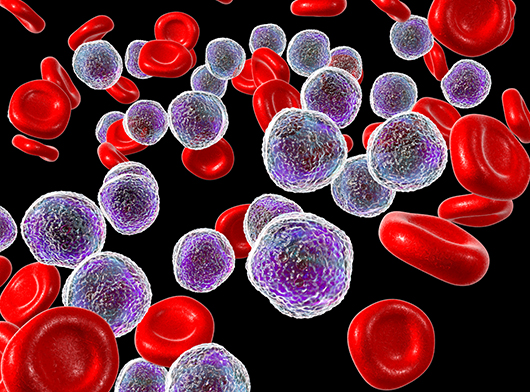Follow-up exams and tests include careful physical exams and lab tests and sometimes might have imaging tests. The schedule for these check-ups will depend on the type and subtype of leukaemia, the treatment given and other factors.
Some children and caregivers may have emotional or psychological issues that the doctors must address during and after treatment. Depending on their age, they may also have some problems with normal functioning and school work. Support and encouragement can help with these types of issues.
Most children with leukaemia have no known risk factors, so there is no sure way to prevent these leukaemias from developing.
Most childhood cancers do not have a known cause. Less than 5% of all cancers in childhood are caused by a mutation that passes from one generation to the next.
The cure rate in childhood ALL has increased tremendously. At present, approximately 70-80% of children with ALL get potentially cured because of the major advances in diagnosis, development of rational use of combination chemotherapy, specific central nervous system (CNS) preventive therapy and improved supportive care.


